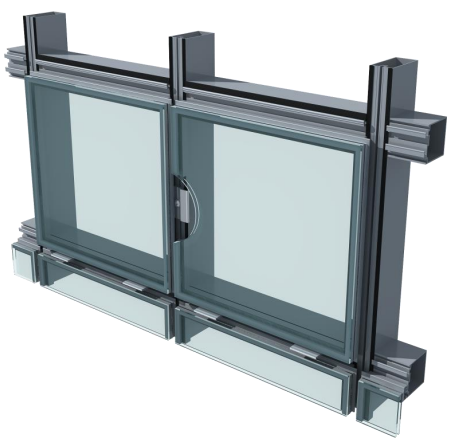

The Aesthetics and Functionality of Clear Reflective Glass
Clear reflective glass is a remarkable material that seamlessly marries aesthetics with functionality. Often utilized in modern architecture and interior design, this type of glass not only enhances visual appeal but also serves practical purposes that contribute to energy efficiency and environmental sustainability. In this article, we will explore the characteristics, benefits, and applications of clear reflective glass, demonstrating why it has become a favored choice among architects and designers.
One of the defining features of clear reflective glass is its ability to reflect light while maintaining a degree of transparency. This unique property allows it to create an illusion of space and openness, making it an excellent choice for both residential and commercial buildings. When incorporated into facades, clear reflective glass can produce stunning visual effects, particularly during different times of the day. At sunrise or sunset, buildings adorned with such glass catch the warm color of the sky, reflecting a beautiful array of hues that change with the angle of the sun. This dynamic interaction with light not only enhances the beauty of a structure but also creates a visually stimulating environment for occupants and passersby.
In addition to its aesthetic attributes, clear reflective glass plays a crucial role in energy efficiency. By reflecting sunlight, it helps regulate indoor temperatures, reducing the need for artificial heating and cooling. This passive solar management can significantly lower energy consumption in buildings. For instance, during the hot summer months, clear reflective glass can minimize heat gain, preventing interiors from becoming excessively warm. Conversely, in colder seasons, it allows for natural light to enter while still providing insulation. This dual functionality makes it an invaluable asset in sustainable design practices, where reducing a building's carbon footprint is a top priority.
Another notable advantage of clear reflective glass is its ability to enhance privacy without sacrificing natural light. While it reflects the outside view, it allows those inside to see out, creating a comfortable atmosphere for residents or employees. This characteristic is particularly beneficial in urban settings where buildings are in close proximity to one another. By using clear reflective glass in windows and partitions, one can curate a sense of seclusion while still enjoying the benefits of natural light.

The durability and low maintenance requirements of clear reflective glass make it an even more appealing choice. It is typically made with a durable coating that helps resist scratches, stains, and environmental damage, ensuring that it retains its clarity and reflectivity over time. This quality not only preserves the aesthetic appearance of a building but also reduces long-term maintenance costs, as the need for frequent cleaning or replacement is diminished.
Clear reflective glass also finds applications in various other fields beyond architecture. It is widely used in the automotive industry, where it serves to enhance vehicle aesthetics and functional performance. In the realm of design, artists and creatives often incorporate it into installations and artworks, leveraging its reflective qualities to create captivating visual effects that engage viewers on multiple levels.
As society increasingly embraces modern design principles and seeks sustainable solutions, clear reflective glass stands out as a versatile and compelling material. Its ability to reflect light, enhance privacy, reduce energy consumption, and require minimal maintenance makes it a practical choice in today's fast-paced world. Moreover, the visual appeal it brings to architectural projects cannot be overstated. From skyscrapers to residential homes, clear reflective glass continues to inspire awe, blending functionality with beauty in an ever-evolving landscape of design innovation.
In closing, clear reflective glass is not merely a building material; it is a transformative element that enhances our environments in myriad ways. As architects and designers continue to explore its potential, we can expect to see even more innovative applications of this versatile glass in the future, pushing the boundaries of design and sustainability to new heights.